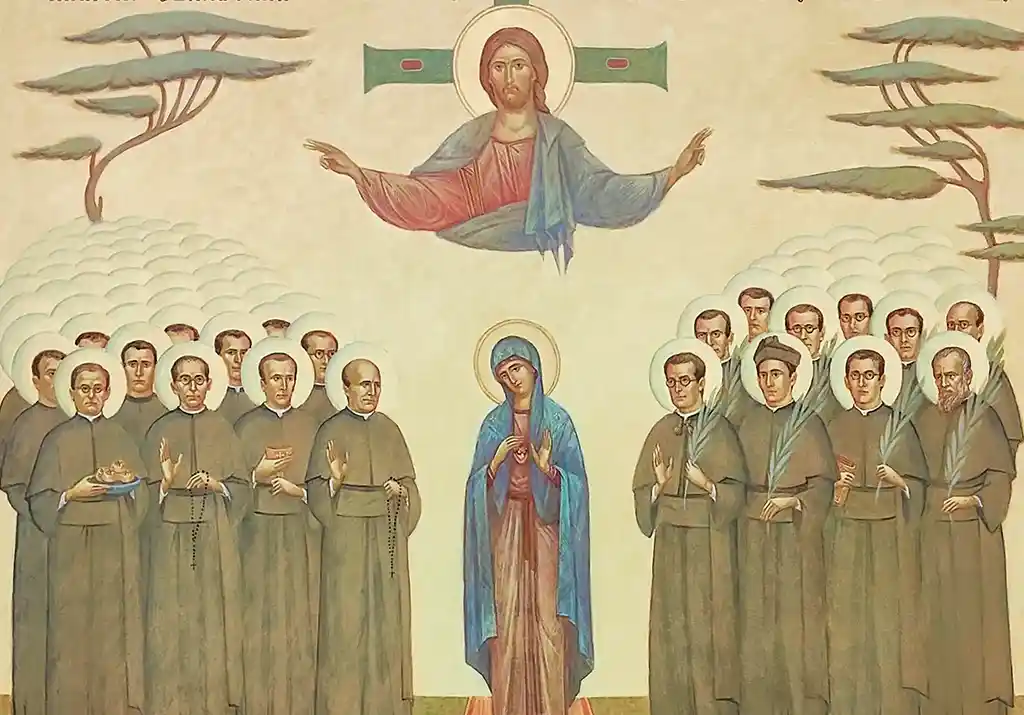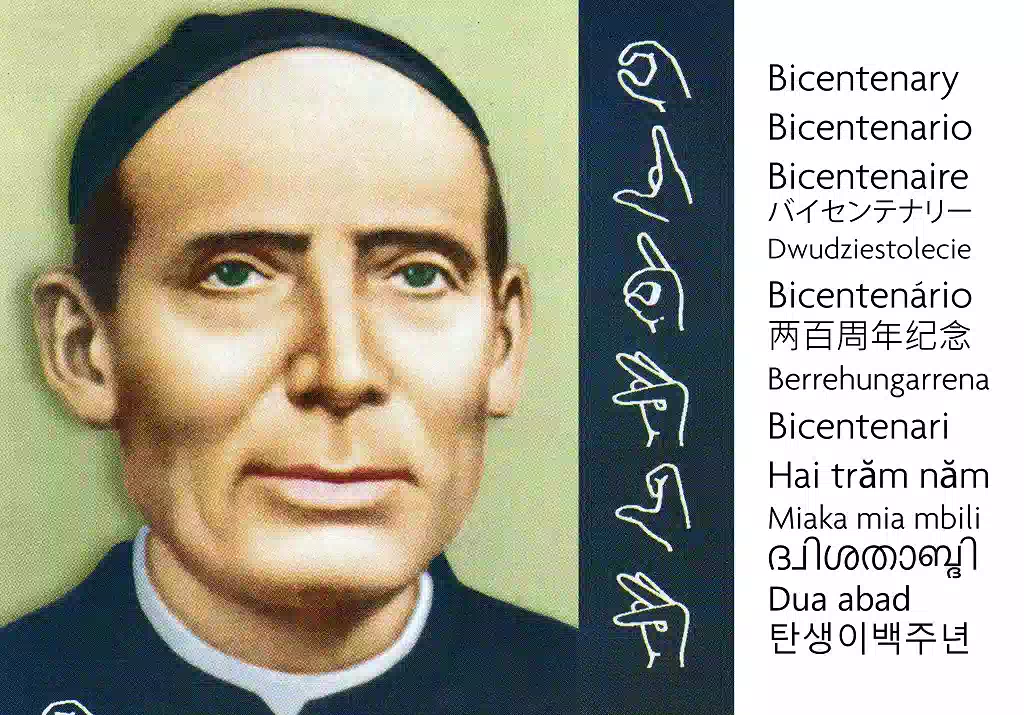Salamanca, Spanien. Villaviciosa mit seinen ganz wichtigen Kinderjahren, Gijón und die Entdeckung seiner Berufung zum Claretiner auf seinem Weg durch das Colegio Corazón de María in Gijón, die Universität Complutense in Madrid in der Fakultät der Schönen Künste. Die Philippinen und seine erste Erfahrung der Missionsarbeit bei den Armen und für sie. Lateinamerika nach den turbulenten siebziger und achtziger Jahren, São Félix do Araguaia und seine Freundschaft mit Pedro Casaldáliga. Nicaragua, Panama, der peruanische Urwald. Zurück nach Spanien, nach Salamanca. Und von dort wieder in die ganze Welt mit Aufträgen, Werken, Malen in León oder in einer Kapelle am Weg nach Santiago. Zeuge, wie sein Werk in seiiner Heimat Villaviciosa hochgeschätzt und anerkannt wird. Dort ist Maximino (Mino) Cerezo Barredo 1932 geboren. Seine lange menschliche, religöse, claretinische, künstlerische und pastorale Biographie bezeugt den Weg Gottes durch diese Orte und zahllosen Menschen. Die Medien, denen zu antworten ihm schwer fällt, wundern sich über ihn, und sie antworten damit, dass sie ihn fast automatisch als den „Maler der Befreiungstheologie“ abstempeln. „Ich mag es nicht, wenn man mich abstempelt“, antwortet er. Die Option für Gott und für die Armen lässt sich nicht in wenigen Worten zusammenfassen.
Und vielleicht war das der Grund, warum uns Radiotelevisión del Principado de Asturias Cerezo Barredos Biographie näher brachte in brought us closer to Cerezo Barredo’s biography in einem Bericht, der letzten Samstag gesendet wurde und bei dem Leonor Suárez Regie führte, die von einem preiswürdigen Produktionsteam unterstützt wurde. Siebzig Minuten Reisen durch verschiedene Länder und Orte, wo diejenigen interviewt wurden, die ihn am besten kennen, wo die Ursachen enthüllt wurden, die dazu führten, dass er das Evangelium zusammen mit dem Volk las, vor allem in Lateinamerika, und seinen Einsatz für das Leben.
„The painter and the priest in me came to an agreement,“ he sums up, recalling. „I realized that art could be a vehicle for the proclamation of the Gospel“. And that was the driving force behind his every new assignment. He realized this shortly after arriving in Latin America: „There was a peasant woman in Juanjuí who looked at the first painting I did there. A mural that ran along the temple for more than 38 meters narrating the History of Salvation. That woman, when she reached the end of the mural, found a figure crying over the death of a child, a woman who looked like her and whom I had painted. Then she stood still, took out a candle and began to pray. Not to a saint, but to a dead child. To her son, perhaps. I thought at that moment that it would be absurd if I stopped painting. I could unite the priestly with art“.
Mino Cerezo is a free and wise man. Everything he knows he learned among the people, „they taught me more than theology classes“, he declares in the audiovisual report. His religious and missionary dedication in favor of the most disadvantaged led him to positions that were interpreted from a political point of view, but his behavior was always guided by his strong faith and the deep convictions that came from it. He knew firsthand the situations of injustice and exploitation in mission territories and understood that he could not be a Christian without defending the rights of the poor. „He could not be neutral. It was a divided society and a choice had to be made, but the option for the poor is not against the rich. To opt for the poor is to want the rich to do the same,“ he says. But he, unlike others, had the courage to keep those words, even if he had to risk his life. „My weapons, my trenches were not those of a guerrilla fighter. I used the message of the Word, color and painting… And so, I sought to rescue the people from their oppression.“ He spent a year with his friend and brother Pedro Casaldáliga and painted twelve murals in Sao Félix de Araguaia, among which the one in the Cathedral stands out. „Those were very hard times, full of death threats from the military. It was a time of martyrs,“ he recalls. From there he traveled to Santa Terezinha, where he painted the mural of the Morro Chapel. A cruel work, which portrayed reality. „Men and women who lost their lives in a reality that was scary to look at,“ he recalls. And he celebrates the fact that today those murals have been declared Artistic Heritage of Mato Grosso. „So, no one will be able to touch them“.
In Latin America, the missionary Mino fought for a more evangelical Church. „A servant Church, Samaritan, that as Pope Francis says, „smells like sheep“ because it is very close to the faithful“. These, those of those youth groups that Mino was organizing in Christian communities, keep the fond memory of a religious „who put human dignity before everything else“. The former mayor of Juanjuí, José Pérez Silva wanted to go further and erected a school that bears his name „for the example of life that he is for us,“ he said in 2016, when the school was inaugurated.
In 2005 the Claretians left the department of San Martin, in Peru, and Cerezo Barredo began a new stage in Spain. He also from here has not ceased to contribute to the strengthening and spiritual renewal of the whole Church, putting his artistic talent at the service of it. He has painted murals in different parts of our geography explaining the Gospel and linking it to the social reality. His latest work has just been presented. It is the poster for Holy Week 2021 in his hometown and a mural for the Museum. There, its director, Nicolás Rodríguez, still wonders „How can it be that a man who has painted halfway around the world and has done so much good, is almost unknown here?”
© Misioneros Claretianos Provincia de Santiago









